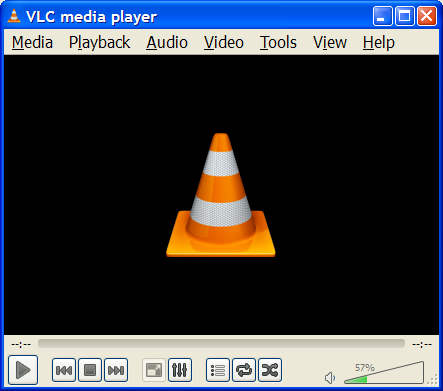Documentation:History
Contents
Overview of the VideoLAN project
VideoLAN is a free, open source, complete software solution for video streaming and playback, which was developed by students of the Ecole Centrale Paris and developers from all over the world, under the GNU General Public License (GPL).
VideoLAN was originally designed to stream MPEG videos on high bandwidth networks, but VideoLAN's main software, VLC media player, has evolved to become a full-featured, cross-platform media player.
More details about the project can be found on the VideoLAN Web site.
VLC media player
Originally called VideoLAN Client (but is now no longer a client), VLC media player is VideoLAN's main software.
VLC works on many platforms: Linux, Windows, Mac OS X, BeOS, BSD, Solaris, Familiar Linux, Yopy/Linupy and QNX.
It can play:
- MPEG-1, MPEG-2 and MPEG-4 / DivX files from a hard disk, a CD-ROM drive, and so on
- DVDs, VCDs, and Audio CDs
- From satellite cards (DVB-S)
- Several types of network streams: UDP/RTP Unicast, UDP/RTP Multicast, HTTP, RTSP, MMS, etc.
- From acquisition or encoding cards (on GNU/Linux and Windows only)
For more details, regarding the playback features of VLC media player, please visit the Features page.
VLC can also be used as a streaming server. These aspects are detailed in the Streaming HowTo.
The present guide describes all the playback (client) aspects of VLC media player.
Getting help
Documentation
The VideoLAN documentation is made up of four documents:
- The Play-Howto (for which this article is the introduction): The complete guide to the VLC media player.
- The Streaming Howto: The complete guide to VLC as a streaming server, including practical examples to set up a streaming solution.
- The VLS user guide: The complete guide for VLS (VideoLAN's legacy streaming server)
- FAQ: Frequently Asked Questions about VideoLAN.
The latest version of these documents, in a variety of languages, can be found on the documentation page.
User support
There are different methods to get support from The VideoLAN team, including IRC and mail. For more details, please visit our Support page.
Please read the Documentation Editing Guidelines before you edit the documentation
